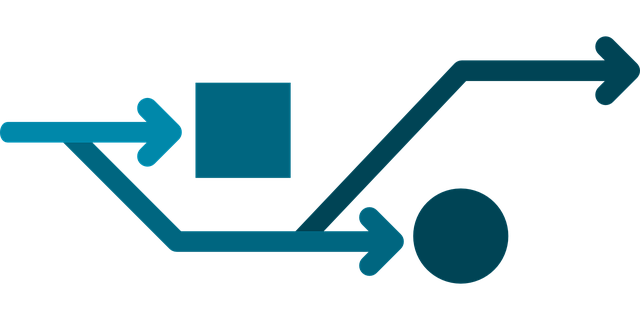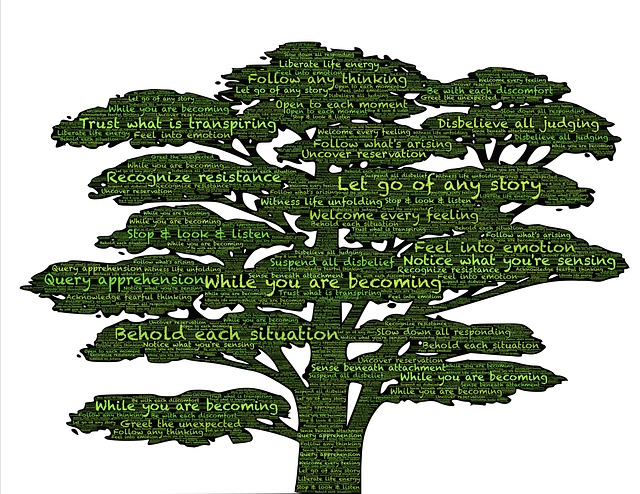Mornings can be hectic times as we prepare for work and/or get the children to school. More often than not, we might have a quick snack which we “gobble down” and grab a coffee on the way to work. We arrive at work and/or the school in a hurry, shouting at people who get in the road and clog up the traffic.
We are quickly lost in the pressing moments of the day – the phone calls, tasks, emails, meetings and whatever else consumes our focus and energy. We rarely, if ever, ask ourselves, “What am I doing this for?” So, we can end up going about our day mindlessly responding to whatever pressures, demands or obstacles cross our path.
Melli O’Brien suggests that you can break this cycle of endless “doing stuff” in a hurry, by engaging in a Morning Intention Setting Meditation. The aim here is to set your intention for the day and align your day’s activities with your values, what gives meaning to your life and what makes you happy. This intention will then flow through everything you do during the day – the way you communicate with people, how you spend your waiting time (e.g. waiting for a bus, taxi or a friend) and what you dedicate your time to.
Achieving an alignment between activity and your dreams, values, happiness and motivation gives you energy and provides a sense of calm and clarity.
Melli offers both a short version of this intention meditation (5 minutes) and a longer version (12 minutes). You can access both versions on her Mrs.Mindfulness blog.
The blog is worth visiting to gain a better understanding of mindfulness, learn new mindfulness practices and join a community of people who are serious about making a difference in their own lives and that of others.
As you grow in mindfulness by the morning intention meditation, you can approach your day with renewed confidence, awareness and gratitude for the opportunities the day provides.
By Ron Passfield – Copyright (Creative Commons license, Attribution–Non Commercial–No Derivatives)
Image source: courtesy of dimitrisvetsikas1969 on Pixabay
Disclosure: If you purchase a product through this site, I may earn a commission which will help to pay for the site, the associated Meetup group and the resources to support the blog.









